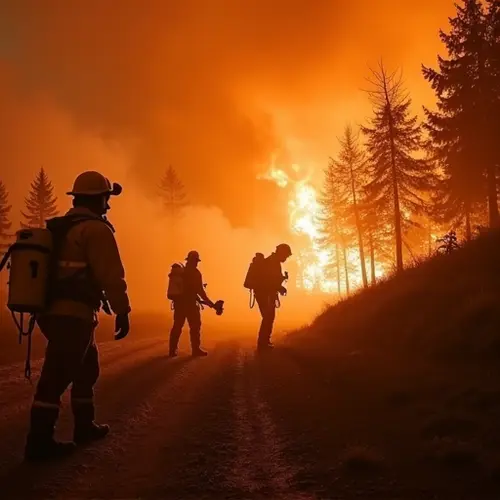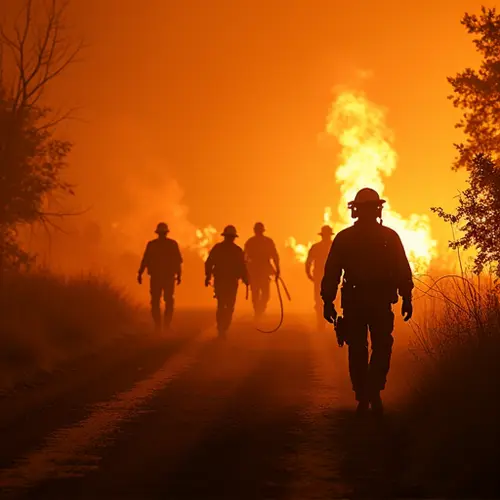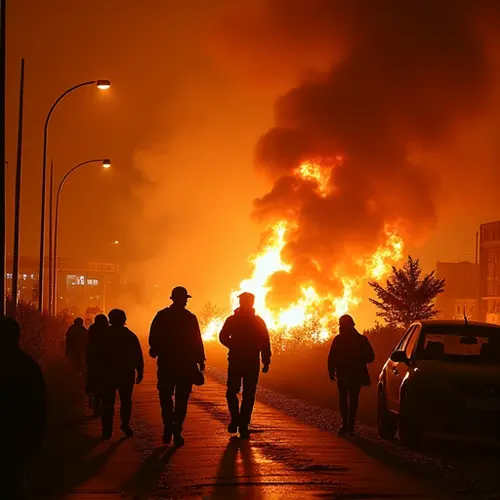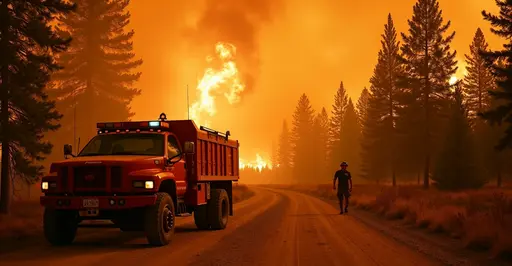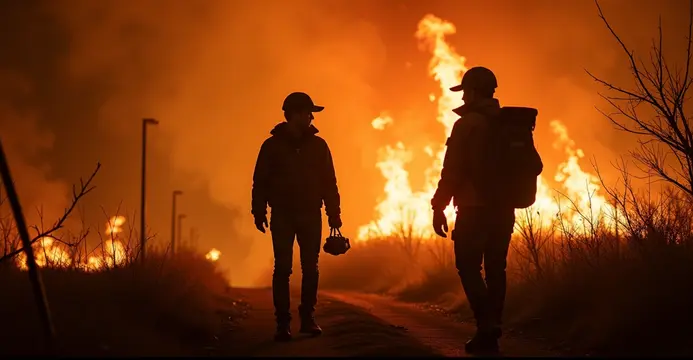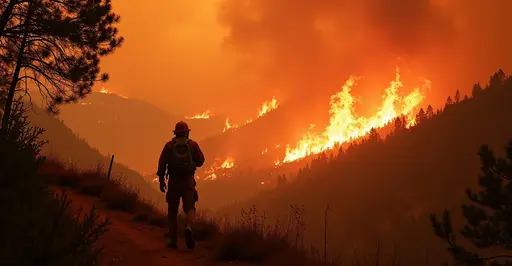
Revolutionary AI Systems Predict Wildfires Days in Advance
New artificial intelligence systems are transforming wildfire prevention by detecting fire risks up to 48 hours before outbreaks. Using networks of remote sensors combined with machine learning algorithms, these systems analyze environmental data including temperature, humidity, wind patterns, and vegetation moisture levels. The technology gained critical attention after successfully predicting high-risk zones during January 2025's devastating California wildfires.
How the Technology Works
Systems like ALERTCalifornia deploy over 1,140 high-definition cameras with night vision capabilities across fire-prone regions. These cameras feed real-time data to AI algorithms that scan for early smoke patterns and temperature anomalies. Meanwhile, companies like Pano AI combine satellite imagery with ground sensors to detect fire ignition points within minutes. "Every minute matters in wildfire response," says Sonia Kastner, CEO of Pano AI. "Our systems shave precious hours off detection and response times."
Case Study: Preventing Disaster
During July 2024, Pano AI's system detected smoke from a lightning strike in remote Colorado mountains. The AI alerted fire agencies who dispatched crews to extinguish what could have become a major blaze - all within three acres. Similarly, USC researcher Assad Oberai developed models that mapped the spread of 2025's Eaton Fire with 85% accuracy by analyzing NASA satellite data and identifying its origin near electrical infrastructure.
Beyond Detection: Predictive Power
The newest AI models don't just detect active fires - they predict where fires will likely occur. By analyzing historical data, current drought conditions, and climate patterns, machine learning algorithms identify high-risk areas days in advance. This allows officials to implement preventive measures like targeted vegetation clearing, pre-position firefighting resources, and issue early community alerts. California's fire agencies now use these predictions to guide resource allocation throughout fire season.
Challenges and Future Development
While promising, AI systems face challenges including high energy consumption and false alarms. Researchers are working to improve algorithms using data from recent megafires. New systems in development will incorporate real-time weather updates and social media reports to increase accuracy. As climate change intensifies fire seasons globally, these technologies represent a critical tool for saving lives and property.

 Nederlands
Nederlands
 English
English
 French
French
 Deutsch
Deutsch
 Espaniol
Espaniol
 Portugese
Portugese




